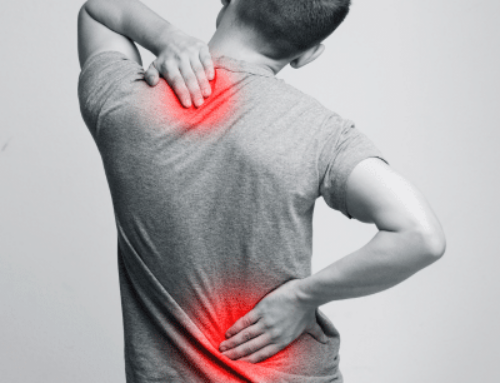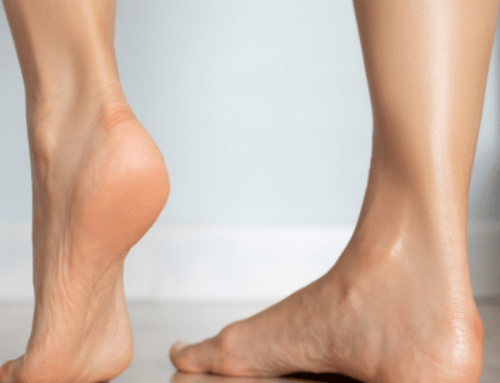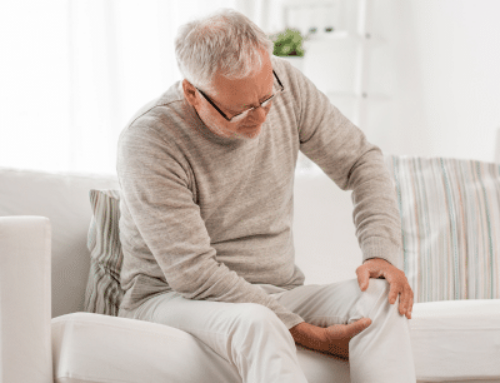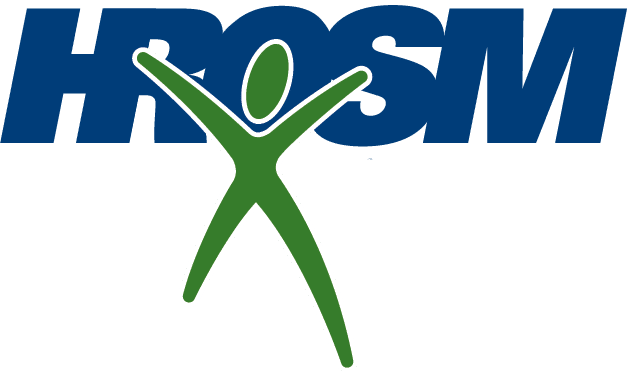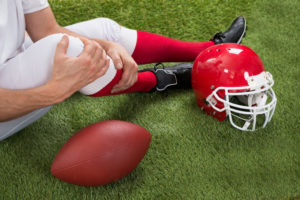
Understanding the ACL: Sprains, Treatments and Injury Prevention
The anterior cruciate ligament (ACL) is one of the four main ligaments that stabilize the knee. It is also one of the knee’s most commonly injured ligaments. If you live an active lifestyle, it’s important to understand the ACL’s functions and what to do in the event of an injury. Hampton Roads Orthopaedics Spine & Sports Medicine has compiled a comprehensive guide to everything you need to know about the ACL.
What does the ACL do?
The ACL connects the knee to the femur (thigh bone) and tibia (shin bone). The ACL controls the back and forth movements of the knee, provides rotational stability, helps to prevent overextension, and plays a role in your body’s autonomous injury prevention.
The ACL contains specialized sensory receptors called proprioceptors, which communicate your knee’s motion and position to the brain. If the proprioceptors sense that your knee is about to encounter an unnatural movement or position, it sends signals to the brain. The brain responds by telling different muscle groups to shorten, contract, and protect the ligaments in your knee. For example, if the proprioceptors sense that your knee is about to lock, it communicates this to the brain and the brain responds by flexing your hamstring to protect your knee. This process is called proprioception.
ACL Injuries
A sprained ACL occurs when the ligament is overstretched or torn. A sprained ACL can happen to people of any age, but the injury is most common amongst teenagers and adults aged 15 to 55. Sprains are classified into one of three grades, depending on the severity of the injury and whether the ligament was simply stretched or torn.
- Grade 1: The ligament is stretched, but not torn.
- Grade 2: The ligament is partially torn.
- Grade 3: The ligament is completely torn, or ruptured, and is now in two parts.
An ACL avulsion fracture occurs when the ligament is torn away from either the tibia or the femur. This type of injury is more common in children.
Causes of Injury
ACL injuries occur when:
- The side of the knee is hit very hard
- The knee joint is overextended
- Suddenly stopping or changing direction (cutting)
- Turning (pivoting), especially when the foot is planted firmly on the ground.
- Landing from jumps, especially landing on one leg.
There are multiple risk factors that contribute to ACL injury.
- Sports like soccer, downhill skiing, gymnastics, and football.
- 30 percent of ACL injuries are caused by contact, with five percent of those injuries resulting from indirect contact.
- Non-contact injuries are far more common, accounting for the other 70 percent of ACL injuries.
- Females are four to six times more likely to injure their ACL.
- The incidence of ACL injury is even higher for female athletes, with five percent of all female athletes sustaining an ACL sprain.
- If the ACL has been sprained before, the risk of re-injury is 15 percent higher than that of a first-time injury.
- Environmental factors such as too much friction between shoes and playing surface may also cause injury to the ACL.
Treatment Options
Non-surgical Treatment
Non-surgical treatment may suffice in the following cases:
- Grade 1 or 2 sprains
- Grade 3 sprain – if no instability is experienced and the injured person is willing to give up high-demand sports
- injured person lives a sedentary lifestyle
- the injured person is elderly
- children (due to growth plates still being open)
Non-surgical treatment may include two weeks of initial bracing of the knee with ice, elevation, and anti-inflammatory medication. A progressive physical therapy program will be necessary to restore range of motion to the knee.
It is important to note that non-surgical treatment does not fully restore knee stability and the knee may continue to give out in certain situations.
Surgical Treatment
Surgery can restore stability and function to the knee. Surgery is advised in the following instances:
- an athlete wants to return to their sport
- the injury causes the knee to buckle
- the injured person is young and active
- more than one tendon or cartilage in the knee is torn
It is generally accepted that a completely torn ACL will not heal. Because of this, reconstruction is the preferred surgical treatment.
During surgery, the damaged ligament will be removed, and a donor tendon (usually from the patient’s own body or a cadaver) will be used to reconstruct the ACL.
Injury Prevention
Injury prevention is arguably the best treatment for ACL injuries. This kind of treatment occurs before an injury is sustained and teaches athletes how to avoid injuring the ACL.
Speaking with an athletic trainer, physical therapist, or sports medicine specialist can help you learn to prevent ACL injuries. They can help you target and strengthen weak muscles areas, improve joint range of motion, and learn different types of exercises to prevent injuries.
It is recommended that athletes enroll in prevention training programs during early adolescence, prior to learning poor habits that increase the risk of ACL injury.
Recovery Time
The rate of recovery is dependent upon treatment. In cases of non-surgical treatment, it may take approximately three months to recover. When surgery is necessary, recovery can take six months to a year before the injured person can resume full activity (depending on the activity).
Hampton Roads Orthopaedics Spine & Sports Medicine will work with you to develop a treatment plan specifically designed for you. Contact us to schedule an appointment with one of our specialists who will work with you to get you back to doing what you love!


